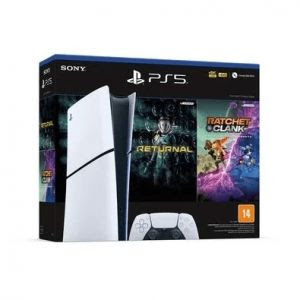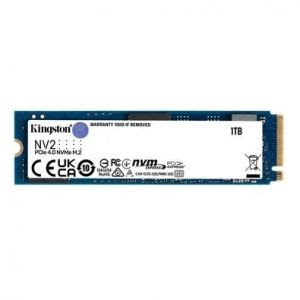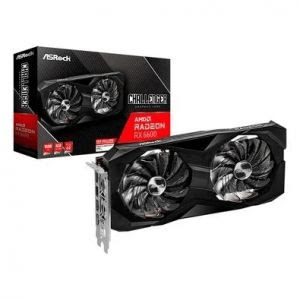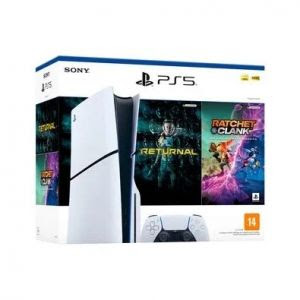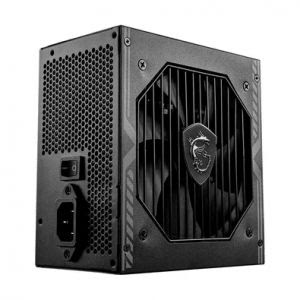The Christmas season is one of the most anticipated by both consumers and entrepreneurs, representing a unique opportunity to increase sales and strengthen the brand. However, with a tight schedule and the pressure to stand out among the competition, many entrepreneurs ask themselves:Is there still time to create an effective sales strategy for Christmas?
With that in mind, Thiago Concer, co-founder and partner of Sales Clube, the largest ecosystem specialized in sales solutions for companies, explains that team training and capacity building for your business is the first thing to do. Christmas is a time when people are willing to spend, so it is necessary for salespeople to focus more on building connections than on convincing. Customer service approach training is essential for the success of sales in any business.
Furthermore, boosting e-commerce has become one of the main platforms for sales, especially during the Christmas season. With the increase in digitalization and the change in consumer purchasing behavior, the importance of e-commerce for Christmas becomes very evident.
Concer emphasizes that it is important to have some marketing strategies to achieve positive results during Christmas sales, such as a solid customer base. "Customers who are already familiar with your brand and products are more likely to make purchases during Christmas. They trust the quality of the products and services, which facilitates conversion into sales, especially during a highly competitive period. Maintaining a positive relationship with these consumers throughout the year, through emails, newsletters, and loyalty programs, creates an emotional bond, making them more inclined to return during the holiday season," explains the specialist.
Creating a memorable shopping experience, both online and in-store, is also a strategy that entrepreneurs should follow. In the online environment, it is essential to offer intuitive navigation, personalized recommendations, and quick support, whether through chatbots or customer service, as well as diversified payment options and fast delivery. At the physical store, service should be welcoming with a well-trained team. Offering discounts, promotions, and exclusive packages can attract customers significantly, both online and in physical stores.
Although the time to implement a Christmas sales strategy is short, it is still possible to create effective actions that boost results. This is what Thiago Concer from Sales Clube says. "The secret is to act quickly, focusing on the needs of the target audience, offering convenience, and creating an attractive environment both online and in the physical store. Therefore, yes, there is still time to take advantage of the Christmas potential and ensure that your company stands out among the competitors," he concludes.



